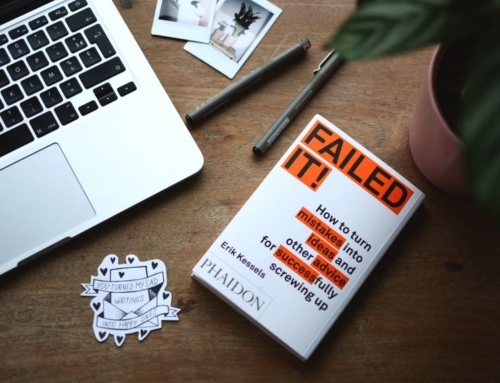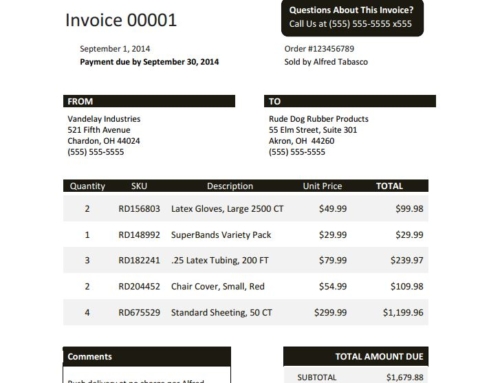If you work with a to-do list, many times you’re simply just pushing through everything that you need to do. You’re checking off the boxes as efficiently as possible. However, sometimes this isn’t the most effective route to take when sending emails. The timing and frequency of emails has to be planned carefully to ensure your customer has the best chance of reading the email and will not completely ignore you.Many accounts payable professionals have inboxes that are flooded with emails. If you’re not timing your emails to them correctly, your email could simply get lost in the mix and be left to sit unopened for days. Below are tips to get your timing and frequency right.
TIMING
As the saying goes, timing is everything. Before sending an email out to a customer, take the time to look up where they are located. If they are in a time zone that is three hours behind you, don’t send it at 9 o’clock in the morning as they likely won’t see it soon. Once they get to work, it will be mixed in with all the other junk they received over night and will put it off.
Try not to send emails at in-opportune times. Consider when a customer may be on their lunch break, when they may have left the office for the day or when they may be out on a long weekend. Never send an important email on a Monday or Friday, because these are the most likely days a person would take off for a long weekend. By the time they get back and look at their pile up of emails, yours will be sitting at the bottom of the to-do list.
FREQUENCY
Have you ever gotten so many emails from someone that you simply stopped reading them? There is a fine line between not enough emails and too many emails in accounts receivable. If you don’t send enough emails, the customer may not understand the urgency and necessity to remit payment immediately. If you send too many emails, especially if they aren’t specific and personalized to their account, they may start ignoring you.
Every business is different and you will need to play around with your frequency to find the sweet spot for your customers.
In marketing, many professionals set up tests to see which email gets the best response at what time of day. Try out a couple different times and see where you see the most immediate response or payment. Try sending more or less emails and see what your customers respond to best.




